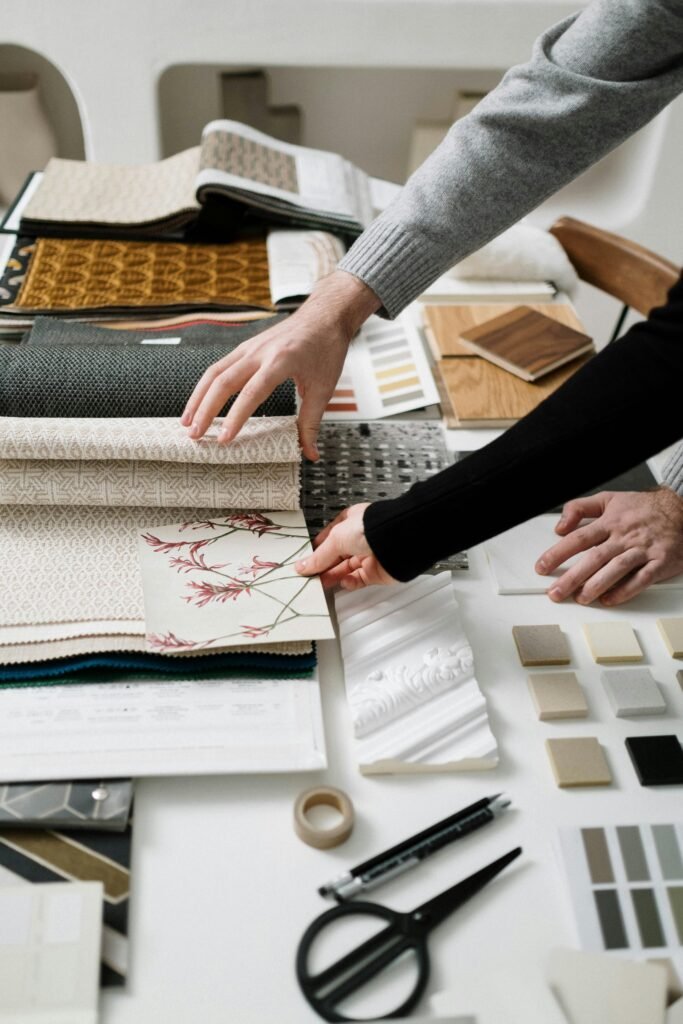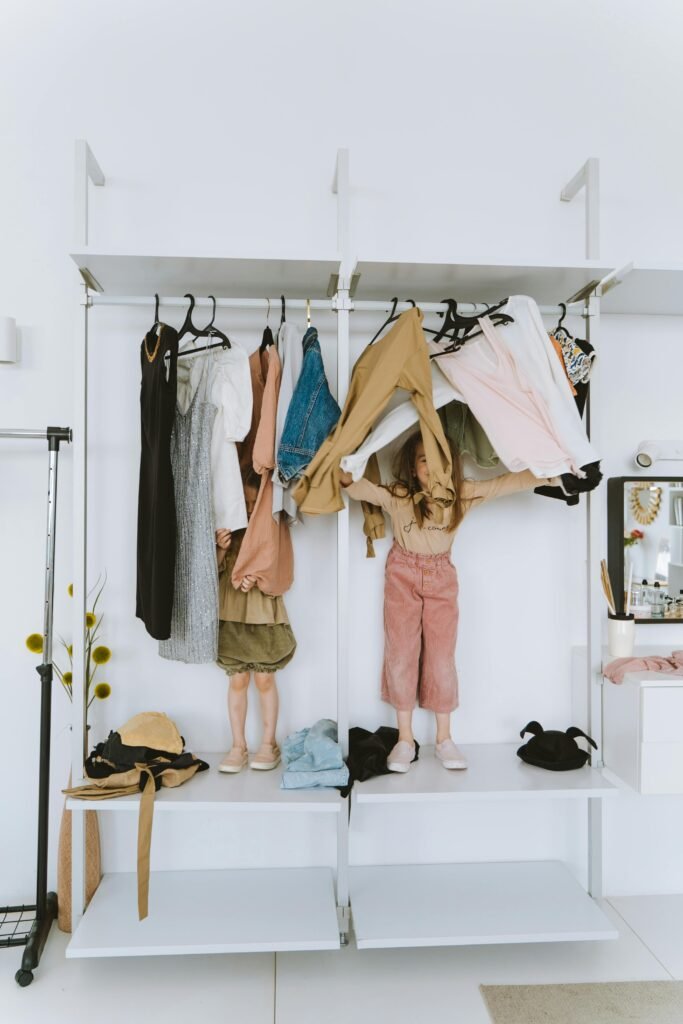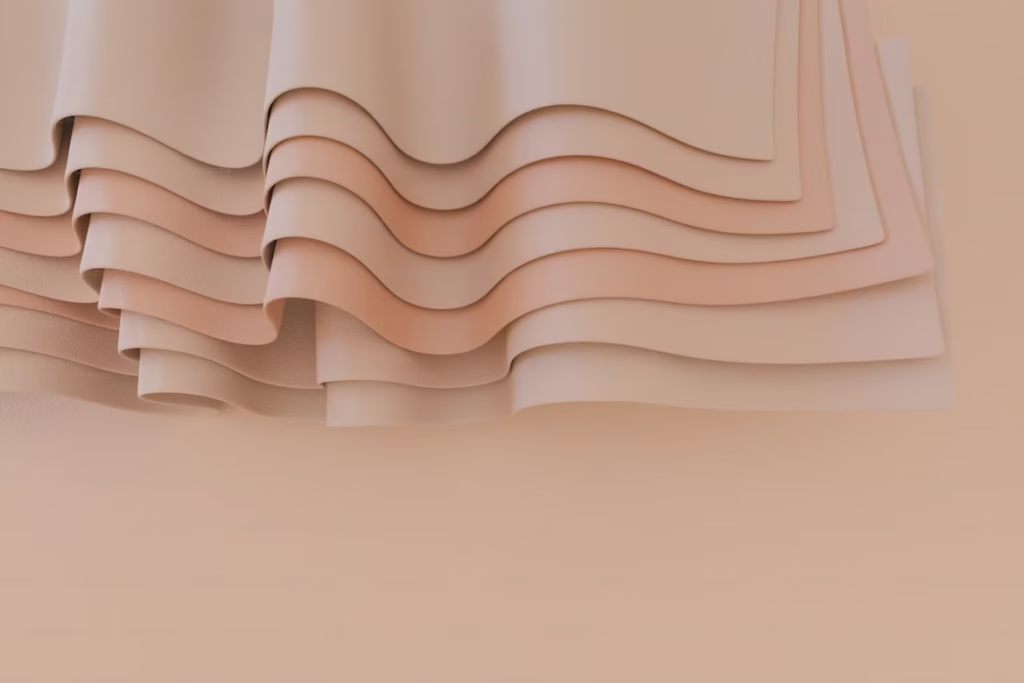Choosing the right fabric supplier is one of the most critical decisions for clothing brands, designers, and private label manufacturers. Whether you’re producing casual T-shirts, yoga wear, or sustainable apparel, your supplier determines not only your product quality but also your production timeline, cost structure, and overall customer satisfaction.
This guide walks you through everything you need to know before selecting a fabric supplier—from basic criteria to hidden risks and long-term value.
1. Understand Your Fabric Needs First
Before you even begin contacting suppliers, take a moment to define what you actually need. Different suppliers specialize in different fabric types, production capacities, and quality levels.
Ask yourself:
- What kind of fabric do I need? (e.g., cotton jersey, nylon-spandex blend, recycled polyester)
- Do I need stretch, moisture-wicking, or other performance properties?
- What’s my minimum order quantity (MOQ) per color or design?
- What is the lead time I can accept?
Having clarity on these points will help you narrow down your supplier options quickly and avoid wasting time with the wrong ones.

2. Evaluate Their Core Capabilities
Not all suppliers are created equal. Some simply trade fabric, while others own weaving, knitting, dyeing, or finishing facilities. This impacts both quality and price.
Key factors to evaluate:
- Vertical integration: Do they own the production process, or do they outsource?
- Sample development: Can they offer custom swatches, strike-offs, or lab dips?
- Fabric innovation: Do they offer functional fabrics like moisture-wicking, anti-odor, or UV protection?
- Sustainability: Are recycled or bio-based options available?
📌 Tip: A vertically integrated supplier can help you reduce costs, control quality, and improve turnaround times.
3. Check Certifications and Compliance
If you’re targeting premium or eco-conscious markets, compliance is a must. Look for certifications that demonstrate commitment to quality and sustainability.
| Certification | What It Proves | Common Use |
|---|---|---|
| GRS (Global Recycled Standard) | Fabric contains verified recycled content | Sustainable brands |
| OEKO-TEX® Standard 100 | Fabric is free from harmful chemicals | Children’s wear, activewear |
| GOTS (Global Organic Textile Standard) | Certified organic cotton and processing | Premium organic apparel |
| Bluesign® | Environmentally responsible production | Sportswear, performance wear |
Certifications not only protect your brand legally, but also add marketing value.
4. Ask About Lead Times and Logistics

Production speed is just as important as product quality. Delays in fabric supply can disrupt your entire production chain.
Make sure to clarify:
- Sampling timeline (How long to get a swatch or strike-off?)
- Bulk production timeline
- Shipping methods and flexibility
- Emergency reorder capability
If you’re dealing with overseas suppliers, factor in customs clearance and shipping transit time. Ask whether they can consolidate shipments or assist with freight booking.
5. Review MOQ, Pricing & Payment Terms
MOQ (Minimum Order Quantity) varies depending on the fabric type, dyeing method, and supplier scale. Smaller brands may find large MOQs challenging.
Typical MOQs:
- Solid dyed fabric: 300–1000 meters/color
- Printed fabric: 500–1000 meters/design
- Custom jacquard or mesh: 1000+ meters
Negotiate:
- Tiered pricing based on quantity
- Sample charges (can be refunded against bulk)
- Payment terms (30% deposit, 70% before shipment is common)
⚠️ Beware of overly low prices—it could mean compromised quality or unreliable delivery.
6. Test Samples Thoroughly
Never skip the sampling stage. Get fabric swatches or sample yardage and conduct basic in-house tests.
Things to test:
- Stretch recovery (especially for activewear)
- Shrinkage after wash
- Colorfastness
- Hand-feel and drape
- Transparency and weight consistency
You can also send fabric to a third-party lab for performance testing (e.g., SGS, Intertek), especially for moisture-wicking or UV protection claims.

7. Communication & Responsiveness Matter
A great fabric supplier isn’t just a factory—they’re a long-term partner. Evaluate how quickly and clearly they respond to your inquiries.
Check:
- Language fluency
- Ability to understand tech packs/spec sheets
- Willingness to problem-solve
- Post-sale service
🔍 A supplier that responds within 24 hours, provides clear documentation, and follows up proactively is often more reliable in long-term cooperation.
8. Visit the Factory (If Possible)
If you’re working on a high-volume order or long-term program, factory visits are highly recommended. This allows you to see the working conditions, machinery, and quality control process with your own eyes.
Alternatively, you can:
- Ask for a factory profile or audit report
- Request factory tour videos
- Use a third-party inspection company
Transparency builds trust—and filters out unqualified suppliers.
9. Consider Future Scalability
As your brand grows, your fabric needs may change. Choose a supplier that can scale with you—not just in quantity, but in innovation and efficiency.
Ask:
- Can you handle larger volumes in peak seasons?
- Do you have a development team for new fabrics?
- Are you open to long-term agreements?
This helps avoid the need to change suppliers frequently, which can be costly and time-consuming.

10. Protect Yourself Legally
Even with a trustworthy supplier, always set up clear contracts or purchase agreements. These should cover:
- Product specifications
- Delivery timelines
- Quality tolerance ranges
- Payment terms
- Intellectual property (especially for custom prints or weaves)
A proper agreement helps resolve disputes quickly and ensures both parties are on the same page.
Conclusion: Choose with Clarity, Not Just Cost
Choosing the right fabric supplier is not just about comparing prices—it’s about ensuring your clothing brand has a reliable, flexible, and quality-focused production partner.
By evaluating capabilities, certifications, MOQ, responsiveness, and growth potential, you’ll set your business up for smoother sourcing and better products.
Whether you’re launching a new collection or scaling up production, the time invested in choosing the right fabric supplier will always pay off.


![[JuncoSports]Where to Find Affordable Wholesale Fabric Materials Without Sacrificing Quality](https://materials.juncosports.com/wp-content/uploads/2025/07/image-6.jpg)